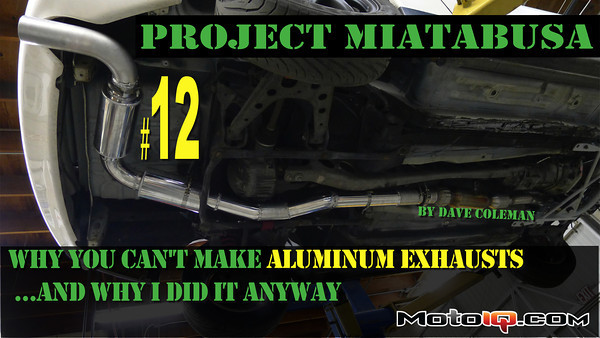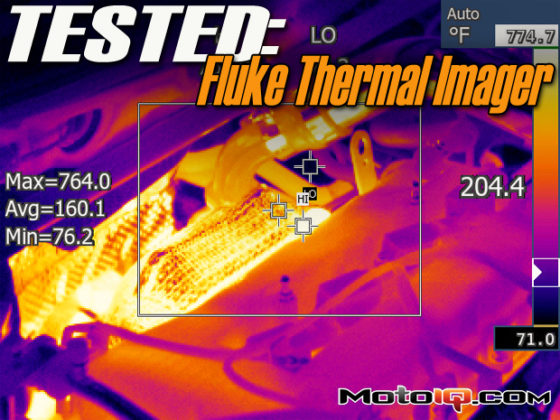,

I did briefly consider switching to this much softer, much longer, unlined flex joint from Road/Race Engineering. They use these on front-drive Mitsubishis that have significantly more engine movement and can over-stress a smaller, lined joint. The lined joints are also resistant to flex in the compression/expansion direction, which front-drive cars need a lot of.
This rough inner surface will cause a turbulent boundary layer in the pipe that will effectively make it flow like a slightly smaller diameter pipe, but because 3″ is still excessive for this application, I wasn't overly concerned about this prospect.

Road/Race's joint is more than twice as long, and is so soft you can easily bend or compress it by hand. I finally decided against using this joint because the size simply wasn't necessary.

OK, remember that comparison between Burns and Vibrant V-bands? Here's how things are on the other side. Vibrant's billet stainless V-band assembly has this small lip machined in to align the two halves of the joint.

They also have a lip where the tube fits, making it easy to cut a tube, drop it just inside this lip, and weld it on.

This billet design is advantageous when you're assembling pieces off the car, or maybe doing a small production run without any tooling. As long as you have a square cut on the end of your tube, there's no way to misalign this fitting, making it easy to weld up pieces like this on the bench. Since the Burns joint slips completely over the outside of the pipe, it's possible to get it slightly cockeyed. With a Burns clamp, it's best to have tube on both sides of the joint already built, slip on both halves of the V-band assembly, and actually clamp them together to ensure everything is aligned before you tack weld.
Each V-band design has its advantages, so it's important to match your fabrication style and weight sensitivity to the right part.
(and yes, I did just stick in this gratuitous shot of the nicest looking weld I've ever done just to show it off. Remember this weld when you see my aluminum handiwork later…)




1 comment
Hey,
Do you have any updates on the reliability of this? Thanks!